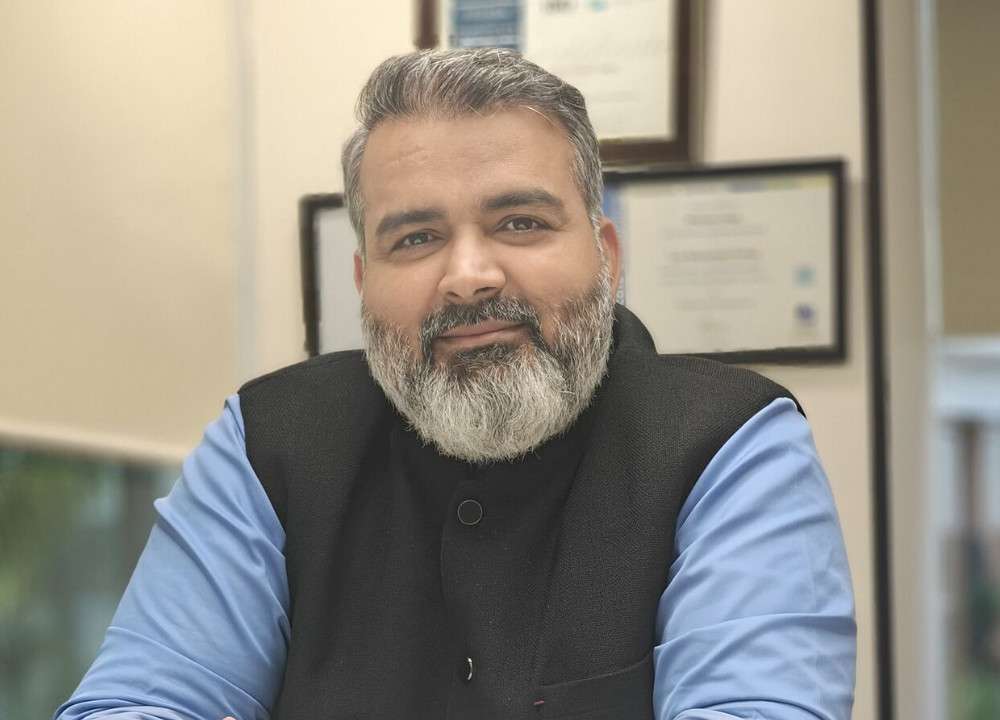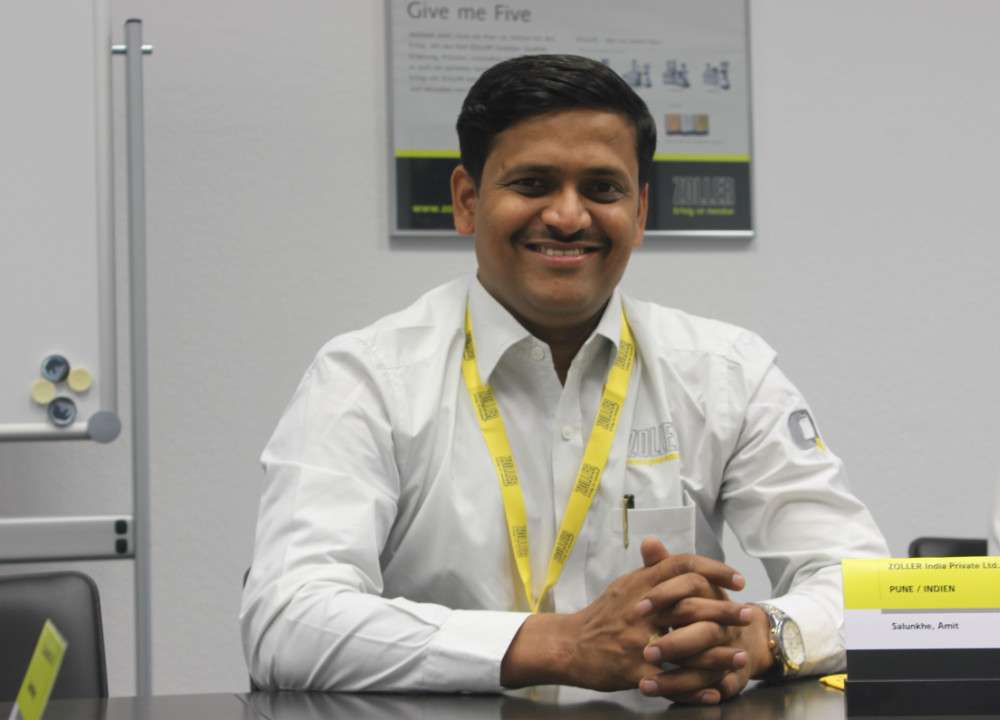India is set to introduce its own 4G technology stack by mid-2025, marking a significant milestone in the country’s technological progress, according to Union Minister Jyotiraditya M Scindia. Speaking at the 51st edition of the AIMA National Management Convention, Scindia, who serves as the Minister of Communications, outlined three key objectives the government is targeting as part of this digital revolution.
“For the first time in its history, India has successfully developed its own indigenous 4G technology stack,” Scindia said, adding that this innovation would be rolled out by the middle of next year. This achievement underscores India’s capability not only in adopting advanced technology but also in creating and developing its own solutions. Scindia emphasized the importance of building homegrown technologies that could meet the country’s unique needs, instead of relying solely on foreign imports.
Outlining the three major goals the government has set, Scindia said the first target is to ensure comprehensive digital connectivity throughout the country. “Our aim is to achieve saturation, meaning that every corner of India must be digitally connected. Every citizen should have access to the opportunities brought by the digital revolution,” he explained.
He highlighted the extensive progress already made, with nearly four and a half lakh (450,000) telecom towers installed across the nation. To further boost connectivity, the government has committed to adding close to 20,000 more towers, backed by an investment of Rs 44,000 crore. Scindia assured that by the middle of the 2025 fiscal year, the government would have achieved 100 percent connectivity saturation across the country, ensuring no region is left behind.
The second key objective, according to Scindia, is promoting the ‘Make in India’ initiative within the telecom sector. He stressed that while India has made strides in manufacturing in other sectors, it is now crucial to replicate this success in the telecom equipment space. “We must not only adopt new technologies but also take ownership of designing and manufacturing telecom equipment right here in India,” he said.
Scindia’s third priority is to ensure that India stays future-ready in terms of technology. This means not just keeping up with global technological advancements, but actively developing cutting-edge innovations within the country. He emphasized the need for India to harness its own potential for creating and implementing advanced technologies, especially in telecommunications.
In his speech, Scindia also touched upon the upcoming reforms in the Post Office Act and the new Telecom Act. He promised that both departments would introduce clear, forward-thinking regulations by December this year, ushering in a new era for the sector. “I assure you that we are working toward a transparent and forward-looking regulatory framework that will bring about a transformative shift,” he said.







